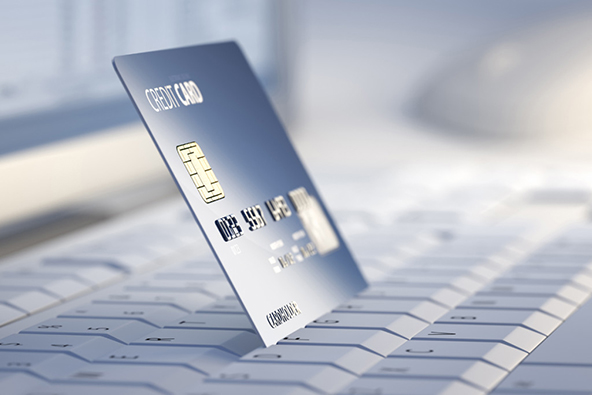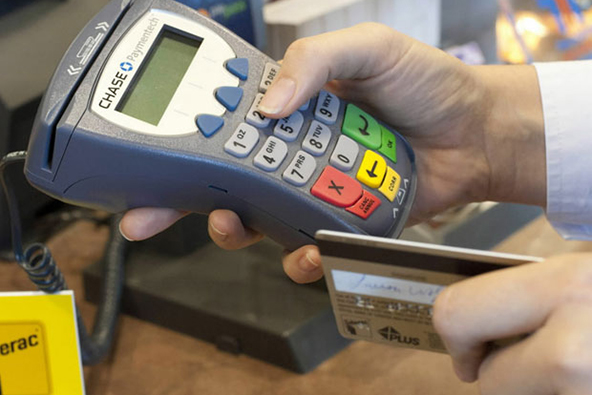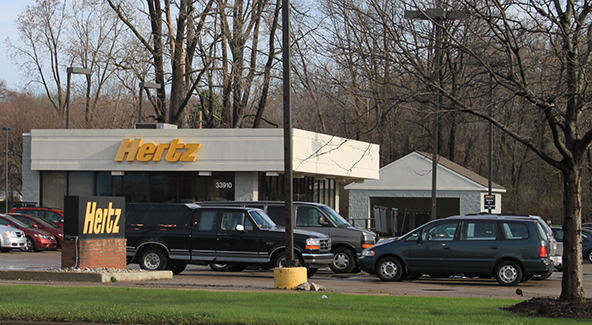Why You Can’t Get a High-Risk Merchant Account and What to Do about It

Trying to get a merchant account for a high-risk business is often an incredibly frustrating affair. Not only are there too few credit card processors willing to work with you, but even the few who would consider your application seem to go out of their way to make the whole experience as miserable and exasperating as humanly possible. They would take their time, mulling over the paperwork you sent them for weeks on end, then ask for some additional, and seemingly completely irrelevant piece of documentation, and finally tell you that they can’t work with you for a reason they should have been able to identify on the very first day you contacted them. It is as if all the processor is doing is wasting your time.
Well, as some of you might suspect, things look quite differently when looked through the eyes of a high-risk processor. Yes, the application process can be quite tortuous and usually lasts a couple of weeks or more, and yes, the probability of a negative decision is far greater than it is of a positive response, but there is a perfectly good reason for that. And no, processors are not doing it, because they take a sadistic pleasure in making applicants suffer. After all, we can only make money and stay in business if we have clients to process payments for. No, the reason it takes time and effort to reach a decision is that there is a lot of risk to be accounted for. So let me explain how we evaluate risk and what you should be doing to help us do it, and improve your chances of approval in the process.
Why Is High-Risk Risky?
So you probably know which industries are considered high-risk in the payments industry. Yes, there are variations, reflecting Visa and MasterCard rules which vary from one region to another, but businesses dealing with things like pharmaceuticals, nutraceuticals, tobacco, adult entertainment, gaming, affiliate marketing and outbound telemarketing, to name but a few of a processor’s favorites, are always considered high-risk. Now, the question is what these businesses have in common.
Well, there are several factors whose interplay determines a business’ risk level. The first one is the applicable regulatory environment. For example, an online pharmacy needs to have the proper licenses and must sell only products that are allowed to be sold online. The same applies to gaming websites, which also may not be allowed to operate in certain countries, with or without licenses. Secondly, there is the issue of merchant fraud — many websites serve as fronts to illegal or restricted operations. For example, a business which claims to be selling body lotions may actually be using its merchant account to sell e-cigarettes. This type of fraud is especially commonplace among high-risk operations. Thirdly, there is the always-present chargeback issue whose importance is hugely magnified in the high-risk realm, for obvious reasons. You can easily imagine how an outbound telemarketer selling some type of investment packages would produce vastly higher chargeback rates than an e-commerce merchant selling shaving kits. Fourth, we have the issue of declined transactions, which is especially prominent among merchants using 3D-types of payment processing solutions, which tend to generate very high ratios of declined to approved payments (it’s not unusual for such merchants to have a third or more of all transactions declined). When a processor is reviewing your past statements, high decline rates can easily raise concerns.
So, a processor’s job during an application process is to evaluate all of these risks, while ensuring that your documentation is valid and that the potential benefits of underwriting your merchant account outweigh the risks. That is why a high-risk underwriter would rarely spend any time on a merchant with less than $100,000 in monthly turnover. So, provided you did have sufficient volume and all the necessary paperwork, what should you do to improve your chances of getting a merchant account?
How to Get the Account
Well, this part at least is quite simple and straightforward. I don’t mean to suggest that getting a high-risk merchant account is easy — it is not. What I’m saying is that the part you play in the application process is an easy one. Your job is to supply all of the documents the processor will request of you, provide all additional information that may be requested and do so without unnecessary delay. Doing so will not guarantee a positive outcome, but it will help facilitate it. Moreover, you should already have all of the documents that may be requested readily available.
And yet, few merchants are helping their cause during an application process. I can’t tell you how many times merchants have been arguing with me over the need to provide some document or other. “But would that guarantee that my application would be approved?”, they would ask. The answer, of course, is “no” — the requested paperwork will be reviewed and decision made based on the newly-acquired information. However, that is not the answer many merchants want to hear and when they get it, they often refuse to follow up. Another issue I often come across has to do with the completeness of a merchant’s previous processing statements. See, many merchants send me lists of their transaction activities, rather than the actual monthly statements, which is a problem because the former don’t show me, or at the very least make it extremely difficult and time consuming to calculate, the merchant’s monthly volume, average transaction amount and chargeback and decline ratios — the very things I need to know. And more often than not, when I contact the merchant and ask for the actual statements, I get a confused response, but not the information I need.
The thing is that when you refuse to provide requested documentation, or are slow in doing so, or haggle over it, you make it look as if you may be hiding something, which, needless to say, cannot possibly work in your favor. And anyway, the underwriter will not complete the review without first collecting all of the documents it is required to collect, it will simply not happen. So help yourself by working closely with your contact at the underwriter and promptly follow up on her requests. Your application may still be rejected, but you will have vastly improved your chances.
The Takeaway
To summarize, there are very good reasons why high-risk merchant accounts are difficult to get and that is a fact of life that will not change anytime soon. However, there are processors which operate precisely in that range of the spectrum and they are always looking for new business. They will be much more thorough in evaluating your application and will need your help to a much greater degree than their far more numerous low-risk counterparts. However, by helping them, you will ultimately be helping yourself.
Image credit: Creativesys.com.br.



I want more information, I would like to know more about how to get high risk payments?